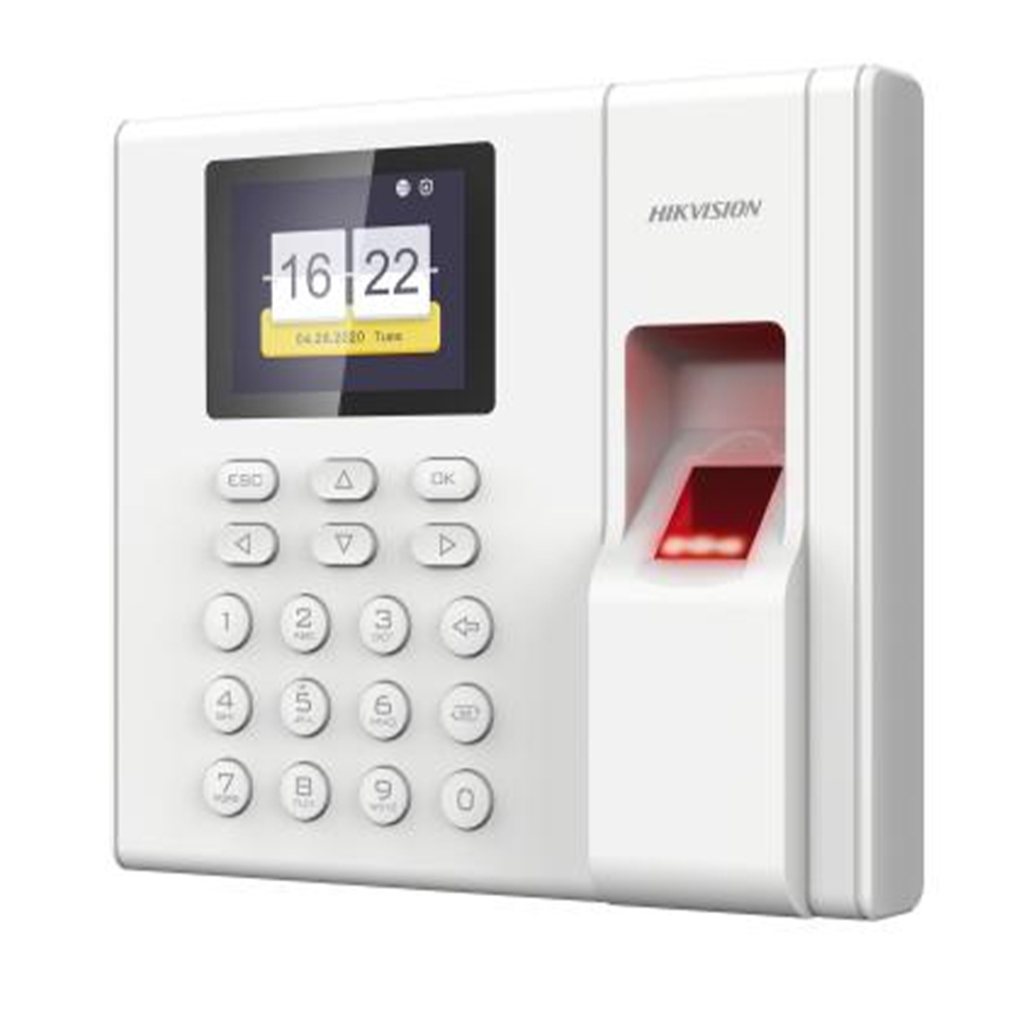

FINGERPRINT ACCESS
Fingerprint reader systems have become one of the most popular biometric recognition systems in recent years. These systems authenticate the identity of individuals by using their unique fingerprint patterns. Fingerprints have an unchangeable and non-duplicable algorithm, enhancing the level of security. Sensors are a fundamental component of fingerprint readers, and when a person leaves their fingerprint on the reader, the sensor detects this unique pattern, accurately recognizing the individual.
The areas of application for fingerprint reader systems are quite extensive. They are commonly used in employee tracking, turnstile access systems, patient tracking in hospitals and healthcare facilities, and in police and security systems, as well as in dormitories and schools. While providing security and access control, these systems offer recording and monitoring capabilities. Tracking employee movements brings advantages such as effective resource utilization and increased security.
With the increasing use of fingerprint systems, coupled with technological advancements and cost reductions, they have become more widespread. These systems are a preferred biometric recognition solution due to their reliability, user-friendliness, and effectiveness. They are widely used in various fields requiring security and identity verification.